June 13, 2025 | 16:29 GMT +7
June 13, 2025 | 16:29 GMT +7
Hotline: 0913.378.918
June 13, 2025 | 16:29 GMT +7
Hotline: 0913.378.918
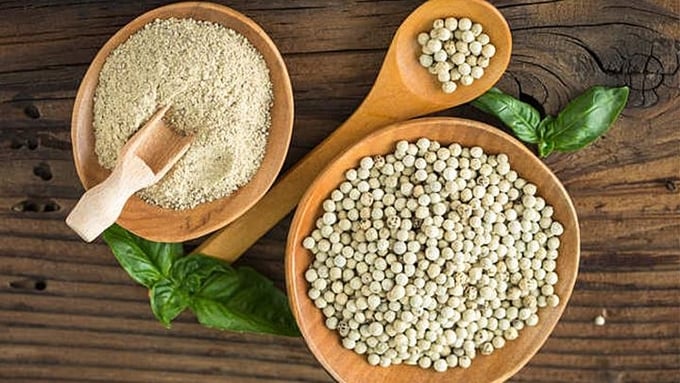
Latest pepper prices update for domestic and global markets on December 4, 2024
In the domestic market, pepper prices saw a sharp decline in key cultivation areas, with a decrease ranging from VND 2,000 to VND 5,000/kg. Currently, pepper is being traded at prices ranging from VND 140,500 to VND 142,500/kg.
Pepper prices in the Central Highlands and Southeast regions have experienced a sharp drop, particularly in Gia Lai and Dak Lak, with the steepest decline of VND 5,000/kg. Despite the price decrease, export demand for Vietnamese pepper remains high, especially from markets in the US and EU.
Vietnam's pepper industry is currently facing numerous challenges, including climate change, shrinking cultivation areas, and rising costs for irrigation and disease prevention, which significantly impact competitiveness. The country now has over 115,000 ha of pepper and spice crops, with more than 75,300 ha concentrated in the South-Central Coast and Central Highlands regions.
Experts believe pepper prices are entering an upward cycle due to tightening supply. Currently, most of the stock is held by a limited number of dealers and import-export companies, which may cause significant market fluctuations in the near future.
According to the latest report by Ptexim, strong demand from key markets such as the US, EU, Asia, and the Middle East pushed Vietnam's domestic pepper prices up by 6% last week.
Additionally, in November, many major dealers were reported to have actively purchased pepper for storage, creating a highly dynamic domestic market with strong demand and daily price increases.
On the global market, pepper prices have also recorded a slight decline. According to the International Pepper Community (IPC), black and white pepper prices in major exporting countries such as Indonesia, Vietnam, and Brazil have all decreased.
Vietnam exported approximately 237,000 tons of pepper in the first 11 months of 2024. However, inventory levels are at their lowest in 6 to 8 years, which could lead to significant price volatility in the coming months.
In India, pepper harvesting is taking place under unfavourable weather conditions, resulting in lower yields. Conversely, Indonesia has reported a more favourable season in regions like Lampung, Bengkulu, and South Sumatra, with good output. Meanwhile, Brazil faces selling pressure due to increased output from Para and Espirito Santo, though dry weather earlier in the season has impacted overall quality and production volumes.
$ 1 = VND 25.142 - Source: Vietcombank.
Translated by Hoang Duy

(VAN) Japan will release another 200,000 metric tons of rice from its emergency stockpile to tackle a doubling of prices since last year, Agriculture Minister Shinjiro Koizumi said on Tuesday.

(VAN) Coffee prices on June 12, 2025, continued to fall. Domestically, coffee prices decreased by another VND 2,000, trading at VND 111,500 – 112,300/kg.

(VAN) Coffee prices on June 11, 2025, fell sharply across global markets. Domestic coffee market dropped by VND 700, to the range of VND 113,500 – 114,300/kg.
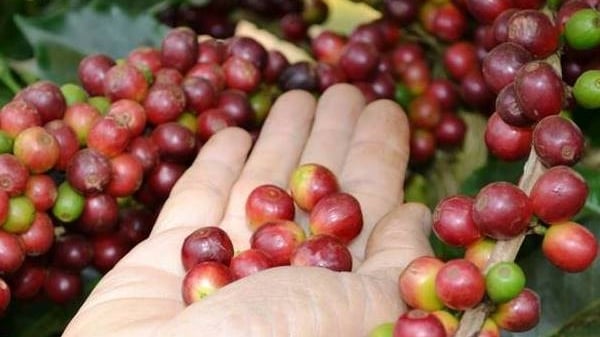
(VAN) Coffee prices on June 10 2025, rose sharply worldwide for Robusta. Domestic coffee market increased by VND 800, reaching VND 114,200 – 114,800/kg.
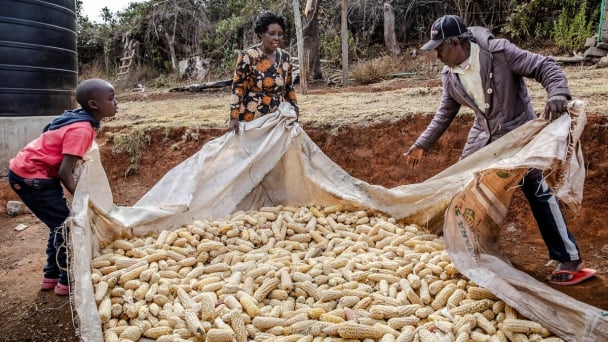
(VAN) New FAO forecasts point to record global cereal output with a partial rebound in stocks and trade.
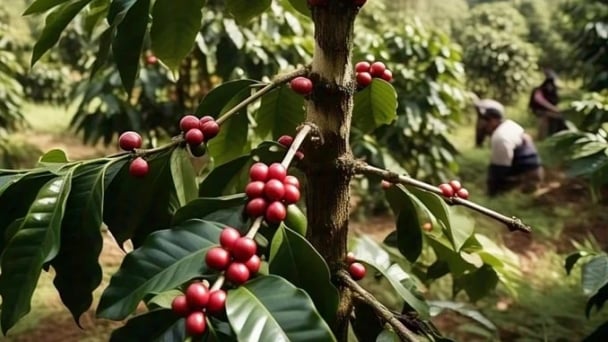
(VAN) Coffee prices on June 9, 2025, in domestic and global markets remain unchanged. Domestic coffee market is currently trading at VND 113,500 – 114,000/kg.
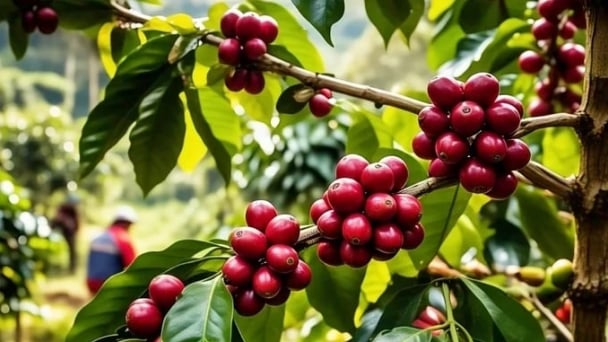
(VAN) Coffee prices on June 6, 2025, increased by VND 2,100, trading at VND 115,500 – 116,000/kg. Meanwhile, the global coffee market continues to rise sharply.